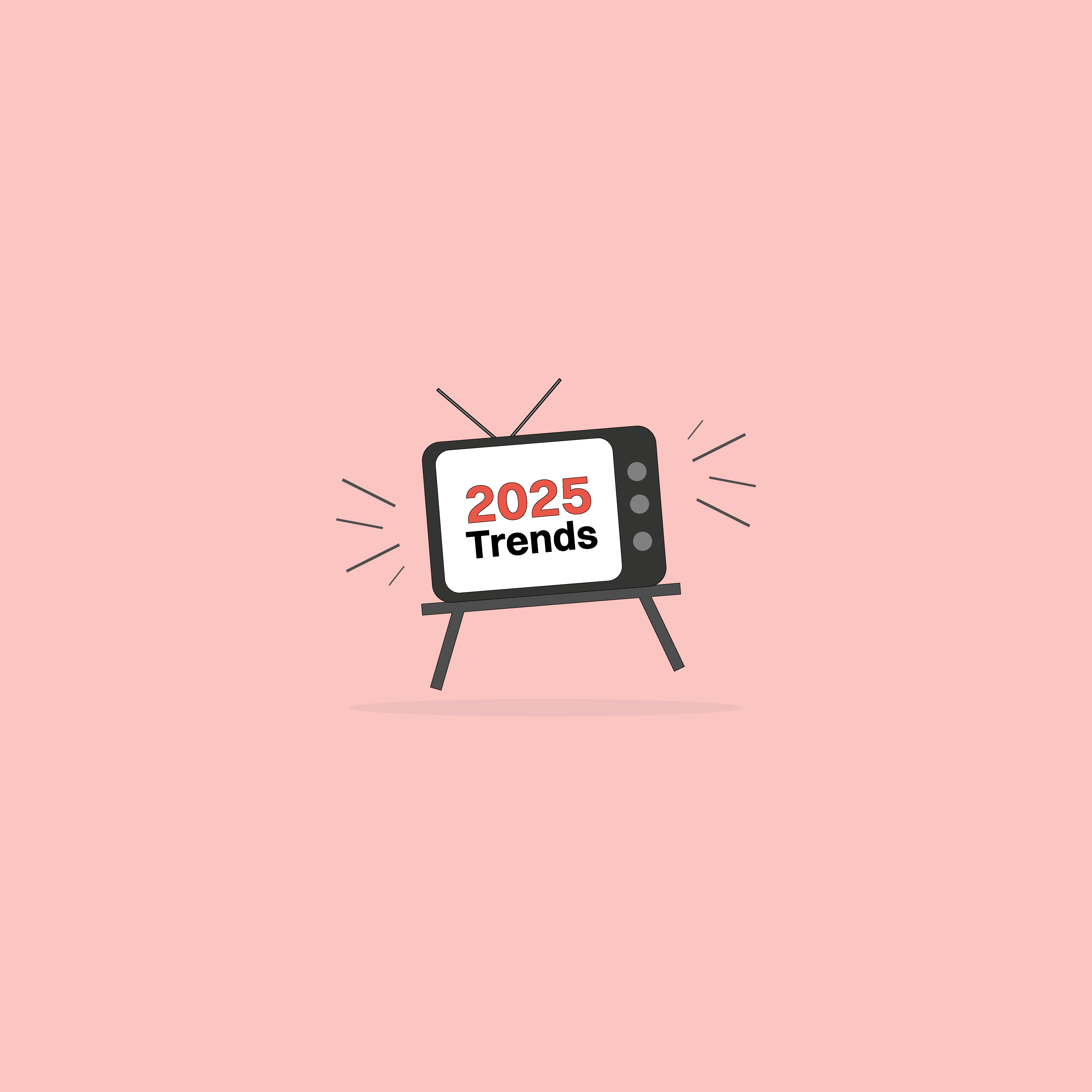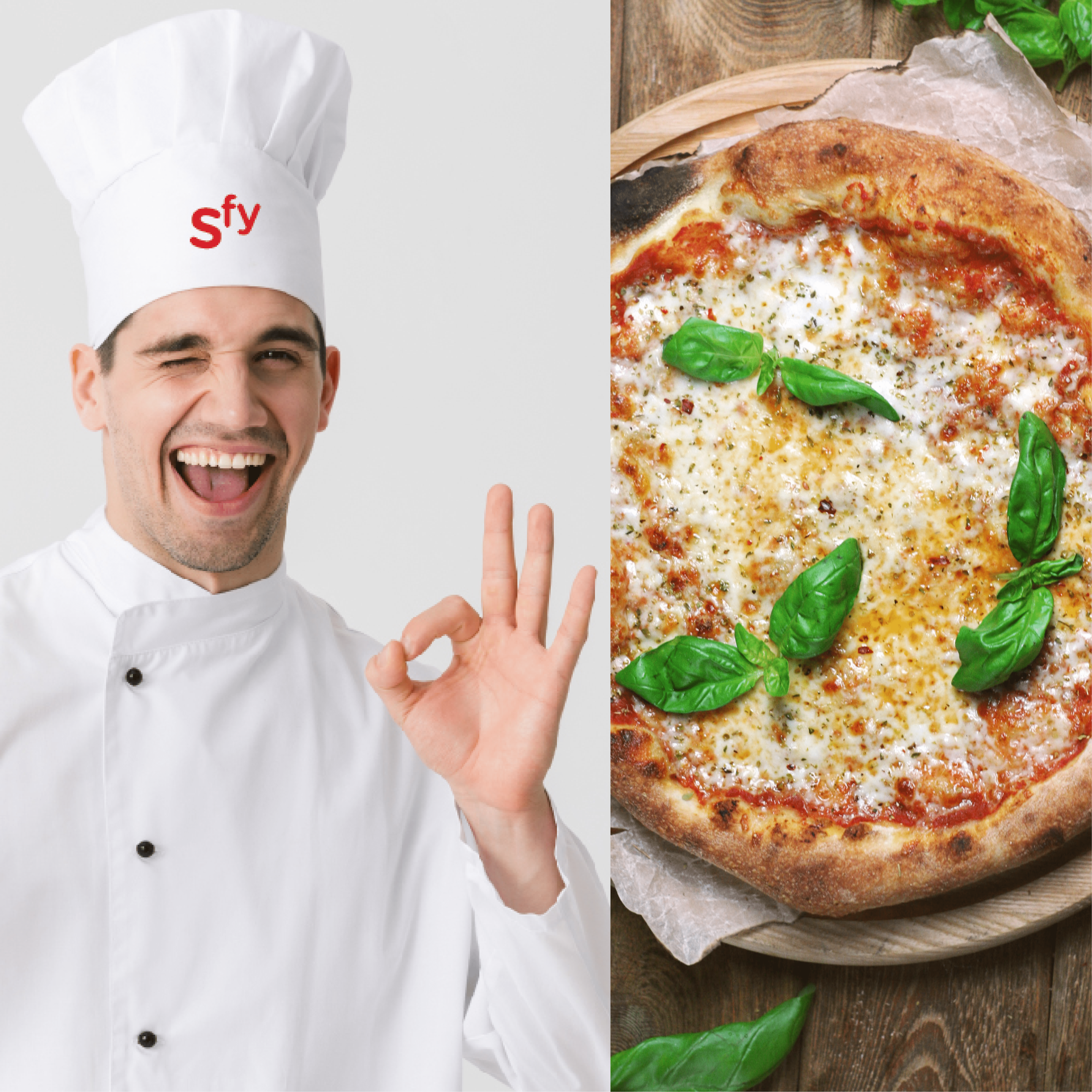Our websites use cookies. By continuing, we assume your permission to deploy cookies as detailed in our Privacy Policy.
Why Ecommerce Personalization is Survival of the Quickest
Customers aren’t hanging around anymore. Reports on the attention span of online customers varies, but the common consensus is that we don’t have long to engage them. Many claim that people who are online shopping wait around for as little as eight seconds before deciding to navigate away again.
Eight seconds. That’s all the time an ecommerce website has to engage visitors with personalized product recommendations that matter.
Understandably, this short window has a negative impact on conversion rates, and many ecommerce businesses are reacting by slashing prices, which makes an already tight industry become more competitive. Naturally, many companies see a low ROI on their marketing efforts. They are forced to advertise or invest more resources in trying to reach customers, which in turn increases the average acquisition cost per customers. So, what can be done?
The most effective way is not to continue aggressively marketing in the hope of chasing customers down. Instead, companies should look inwards to enhance their ecommerce personalization.
How to Engage Online Customers Faster
The average consumer is exposed to an incredible 10,000 brand messages every day. It’s no surprise then, that they don’t have time for them all. Today, people want to get products and services faster. They expect a streamlined online shopping experience, with a minimum number of touchpoints that accelerates the process. Speed is of the essence. In this article, we’ll look at a few key strategies that ecommerce companies can implement to engage site visitors quickly, ensuring they maximize their ROI with better ecommerce personalization.
1. Real-time personalized product recommendations
Your customers are fast. They get bored easily and bounce from your website in seconds. You need to capture their attention from the moment they arrive on your site. In order for that to happen, you need a personalization engine that is able to recognize each visitor in milliseconds and generate the most accurate product recommendations for each of them.
While such a strategy may have seemed like a far-fetched pipedream from the future not so long ago, ecommerce personalization is integral to online shopping today. The evidence is overwhelming:
- 74% of marketers believe targeted personalization boosts customer engagement.
- 77% of consumers have chosen, recommended, or paid more for a brand that provides a personalized service or experience
- Gartner predict that personalization engines will enable online businesses to grow profit margins by 15% by the year 2020.
Personalization product recommendations save the customer time and reduce the workload on the company. This allows machine learning to constantly leverage data to deliver more targeted content to site visitors from the moment they arrive. This also provides unmissable value for ecommerce companies in the modern era of retail, which helps to increase leads, conversions and profits.
Furthermore, the more data the engine collates, the easier it will be to conquer the cold start problem that many ecommerce companies struggle with.
2. Clear Guidance & Clever UX
Once you get their attention, it’s important that you can keep it. Ecommerce websites need to be designed in a way that is:
- Visually appealing – Poorly designed sites with too much text, graphics, or icons can quickly turn visitors away. Slick and modern design counts for a lot.
- Easy to navigate – Even if you have hundreds of products, there is no need to display them all. Too many options can distract online shoppers, sending them away confused. People want a clean and simple layout, which makes it easy to find what they want.
- Fast – With online customers having little patience for slow-loading websites, your ecommerce site must be rapid if it is too keep potential buyers on the hook. 40% of people will abandon a website if it takes more than three seconds to load.
Ultimately, companies must have a clear funnel that leads customers to the checkout success page. It should make them feel like they’re one step closer to success at every step of the way. An effective way of conveying this is by having separate pages for categories, products and the cart. This strategically leads customers through the buyer’s journey, from the beginning to the end. Failing to simplify this journey is a major reason for abandoned carts, with 28% of online shoppers leaving because the process was too complicated.
When a site is quick and easy to navigate – with only relevant, personalized product recommendations appearing – it improves the user experience. This facilitates a quicker journey to the checkout, which boosts online sales.
3. Complementary Products are Your Friend
When online customers add items to their cart, it opens up the opportunity for cross-sells and up-sells. Through a smart personalization engine, your site can offer complementary products, based on the items already in the customer’s cart.
A lot of companies make the mistake of thinking their basket page is the end of the journey. There is no point trying to optimize it for higher conversions. With smart optimization methods, companies can turn the basket page into a bridge before the final checkout, which provides the customers with the chance to do more shopping. This is another touchpoint where you can actually boost the average order value (AOV), as customers are more likely to add impulse purchases. Some may think this is running the risk of annoying the customers, but research indicates that over80% of customers are willing to be upsold, so long as it provides them with more value.
Smart Personalization Makes for Speedy Connections with Your Customers
Trends indicate that millennials prefer online shopping, with 67% opting to shop through their devices rather than visit a physical store. This is a little more than the 56% of Gen Xers who feel that way. Make no mistake. Online customers are on the rise, and so the opportunity for sales and profits will continue to increase. The problem is, so will the competition. For companies that want to succeed in the future of retail, they must ensure their ecommerce personalization strategy is geared towards continuous improvement. By learning from the data gathered on their site visitors, it will be easier for companies to engage customers instantly.
Grabbing their attention from the moment they come on site is critical and being able to present personalized product recommendations that are aligned with their needs makes all the difference. The only way to do this is with a smart personalization engine. Over time, it will get smarter, reducing the time it needs to connect with customers.








